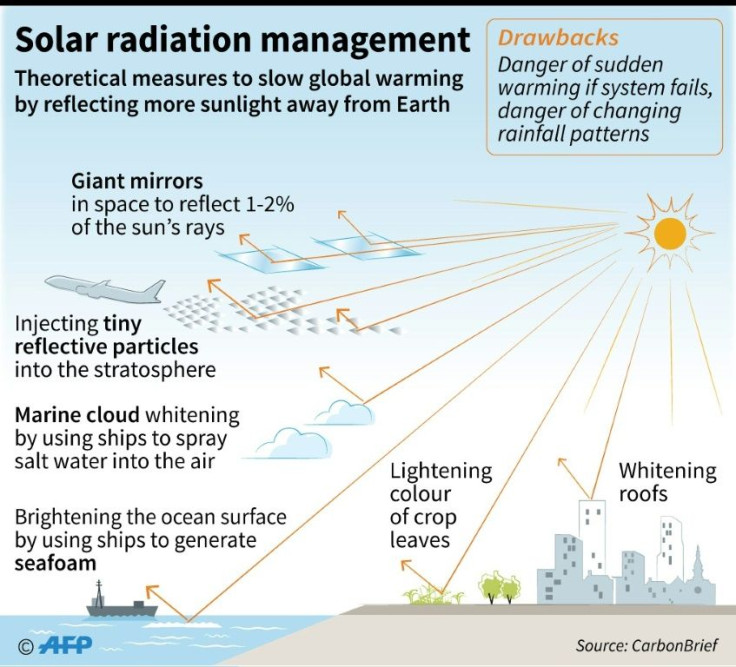Untested tech not part of climate fix guidance: industry group

Draft international guidance on how industry measures its efforts to fight global warming will not include untested geoengineering technology, the body compiling the advice said Friday.
The International Organization for Standardization (ISO), a global, industry-driven non-profit comprising more than 160 member states, is currently working on guidance for business over how to quantify their climate impact.
AFP last week reported on the draft, which uses a concept known as "radiative forcing" -- how much energy from the sun remains in the atmosphere after some is bounced back into space -- and the substances that effect it.
These include greenhouse gases, water vapour and particulate matter, the ISO said.
Environmental groups and climate scientists raised concerns over the draft guidance, which appeared to allow for businesses to employ techniques such as solar radiation management and carbon dioxide-removal as part of their climate action.
Solar radiation management (SRM) entails injecting heat-deflecting aerosols directly into Earth's stratosphere to deflect some of the Sun's heat back into space.
An ISO working group discussed the draft, which is subject to modification, this week in Berkeley, California.
On Friday, the ISO stressed that SRM and similar untested geoengineering schemes were "out of the scope" of the guidance.
The draft "doesn't contain recommendations for how organisations could alter radiative forcing or their impact on climate change, rather it focuses on how to quantify and measure the impact on radiative forcing a substance may have," it said.
While ISO guidelines are voluntary and advisory, they help to shape global international business norms.
The Paris climate deal enjoins nations to limiting global temperature rises to "well below" two degrees Celsius by reducing greenhouse gas emissions.
Studies have shown that SRM could be a cost-effective way of limiting temperature rises, but would do nothing to cut the greenhouse gas emissions currently driving global warming.
© Copyright AFP 2024. All rights reserved.




















